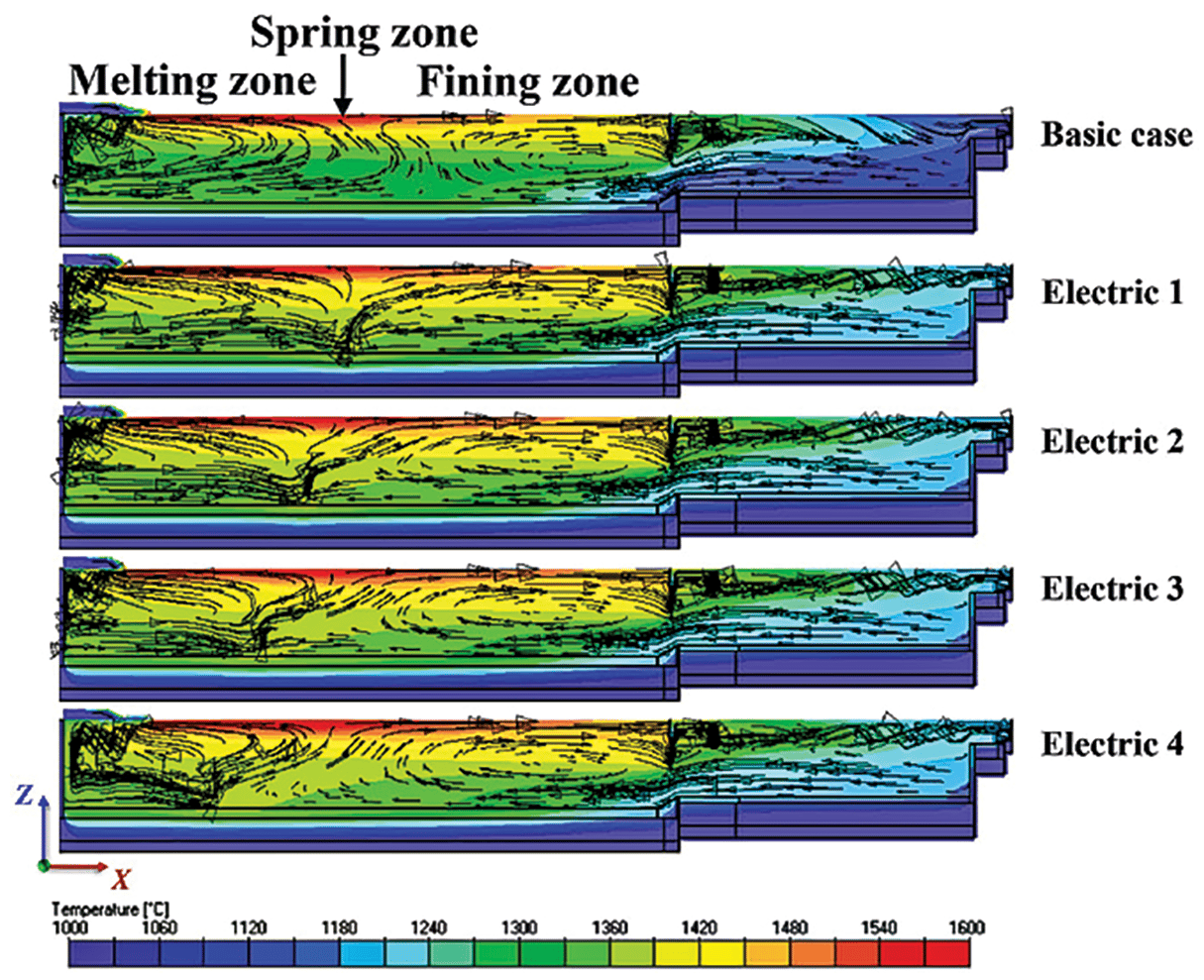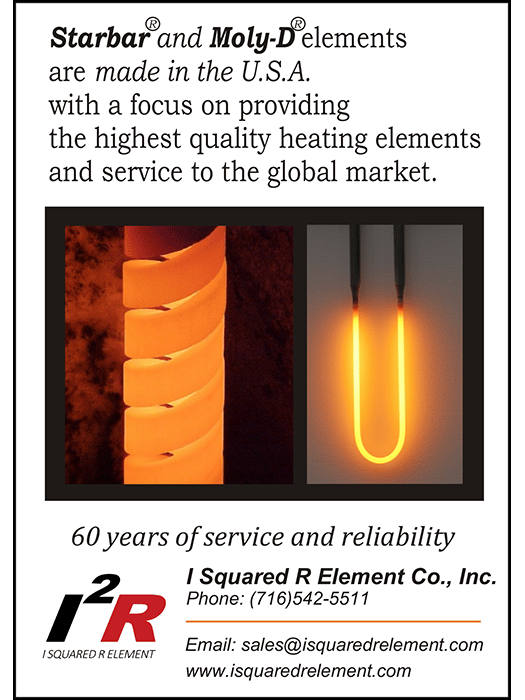journal highlights
Jonathon Foreman
ACerS journals managing editor
Processing approaches to sustainable glass and ceramic production
Engineering sustainability into the manufacture of ceramic and glass products requires accounting for many factors. A new Topical Collection, “Sustainability in glass and ceramic production,” presents ACerS journal articles that highlight the processing approaches to improve sustainability.
The articles in this collection fall generally into five categories:
- Glass melting and batching analysis
- Surface engineering
- High-temperature ceramic processing
- Overcoming membrane bottlenecks
- Additional fabrication techniques
Regarding the first category, traditional glass manufacturing involves the melting and reaction of constituent materials in large quantities. The glass industry has invested heavily in modeling and measurement techniques to understand the fundamental and macroscopic mechanisms involved in this process.
The first two papers of this collection focus on developing models that account for raw material feed rates and compositions. The third paper explores the effects of the arrangement of electrodes used to improve the energy efficiency of gas-powered melters (Figure 1).
The output of the models in these papers are in good agreement with measured results. Such findings allow researchers to explore the effects of processing conditions with computers, a methodology that is both faster and less expensive than directly working with melters even on a pilot scale.
Sustainability in the glass industry applies not only to the manufacture of glass. One must consider fabrication of products from glassy materials. For example, surface modification for decoration or functionality must add value, retain the integrity of the base glass, and be cost effective.
In the second category of this collection, the article “Powder-fed directed energy deposition of soda lime silica glass on glass substrates” provides insights into the processing conditions and costs for additive and subtractive surface modifications using mechanical and optical (laser) methods.
Regarding the third category, manufacture of high-temperature ceramics for transportation and energy generation has seen dramatic growth in recent years. Creating these high-temperature ceramics often requires processing at high temperatures, which is expensive and can be challenging to produce consistent parts.
Among the areas being explored to improve the sustainability of high-temperature ceramic processing are new materials, new production methods, and new in-situ and in-operando measurement techniques. The authors of the open-access article “Future insights on high-temperature ceramics and composites for extreme environments” report on the Inaugural Orton Workshop, where participants from academia, government, and industry gathered to evaluate the state-of-the-art in this field with the intent of accelerating research and development efforts on all fronts.
Regarding the fourth category, ceramic membranes for environmental and energy applications are typically fabricated via costly and time-consuming, repetitive, coating–sintering processes to form a multi-layered structure. The articles in this category provide overviews of current and emerging membrane materials and explore manufacturing and performance improvements along with expanded applications.
The final section of the collection contains articles spanning a wide range of fabrication and modeling techniques, including photopolymerization for preparation of complex-shaped green bodies, design of injection moldable ceramic-like material, and spark plasma sintering of transparent ceramics.
The Topical Collection “Sustainability in glass and ceramic production” can be found on the ACerS Publication Central hub. Click on the “Collections” menu and select “Topical Collections” from the drop down. You will see this collection along with others created over the past few years. You can also directly access this collection.

Figure 1. Glass flow streamlines showing base case (no boost) and effects of boost electrode position changing from a central location (Electric 1) toward the materials inlet (Electric 4). The authors conclude that the best glass quality is obtained in Electric 4.
Credit: Han et al., Journal of the American Ceramic Society

Figure 1. Glass flow streamlines showing base case (no boost) and effects of boost electrode position changing from a central location (Electric 1) toward the materials inlet (Electric 4). The authors conclude that the best glass quality is obtained in Electric 4.
Credit: Han et al., Journal of the American Ceramic Society
Further reading: Glass problem solutions in Ceramic Transactions
The Ceramic Transactions book series contains talks from the Glass Problems Conference. At this annual conference, organized by the Glass Manufacturing Industry Council, researchers focus on practical problems encountered in industrial settings and their approaches to resolving them.
View and purchase books in the Ceramic Transactions series. ACerS members can receive a 35% discount on physical copies by using the code CERAM at checkout.
